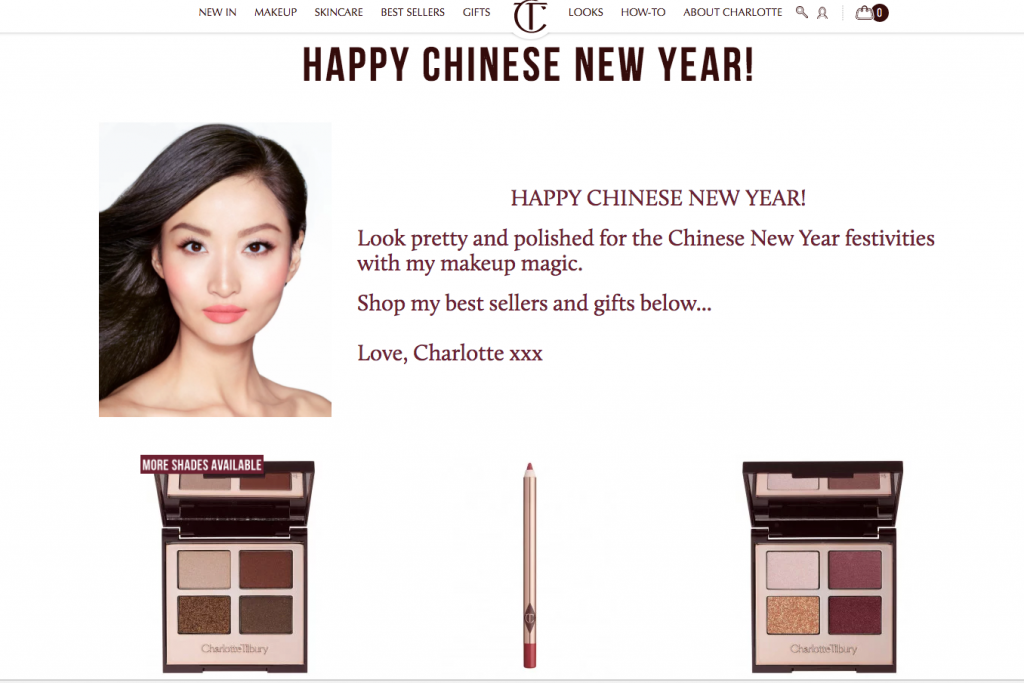On a cold morning in London recently, a group of British luxury retailers gathered to discuss China at ‘The China Conversation’, a new event co-hosted by Asia marketing specialists Elisa Harca of Red Ant Asia and Kim Ing of Kim Ing Inc. Panelists including Mark Dunhill of Whittard’s, Steven Bywater of Aspinal of London and Joy Isaacs of Argentum discussed some of the latest dos and don’ts regarding marketing in one of Asia’s most complex markets. Here, Harca and Ing share a summary of their thoughts.
2018 was an interesting year for brands in China. It was the year of the WeChat pop-up mini program, and also the co-branded limited edition KOL collection. Standouts included collaborations between Mr. Bags (the pseudonym of fashion blogger Tao Liang) with Tod’s—a collection that sold out in seven minutes—and Longchamp, for whom Liang made RMB 5 million [US738,000] in two hours; and top KOL Fiona Xu’s collaboration with Roger & Gallet, which saw 500 limited edition pieces sell out online in minutes.
We also saw more and more luxury retailers investing in millennial and Gen Z-focused platforms apps beyond WeChat, including Little Red Book (LRB) and Douyin (TikTok), where even big hitters such as Chanel and Dior are getting involved.
However, a number of challenges—look no further than the D&G PR disaster and Fan Bing Bing’s arrest for tax evasion for examples—reminded us that China, with its rising sense of national pride and consumers’ increased love of local brands, is not always an easy market.
With this complex landscape as the context, the panel agreed on the following tips for marketing in China.
1. Build a relevant brand—one that conveys your true DNA#
- Brand is key in China as it helps you differentiate and combat the ‘grey’ market of fakes and knock-offs, which remain rife. Chinese consumers still care about authenticity, especially in categories such as food, cosmetics and baby products.
- Brands can cut through the noise by developing products specifically for the region, with limited edition elements developed using genuine cultural insights, to avoid some of the local mishaps we have seen recently. A good example would be makeup brand Charlotte Tilbury, which creates looks best suited for Chinese complexions and style while maintaining the brand image.

- You need a physical presence in the market to drive real brand value, which has to go hand in hand with experience in the territory. It’s hard to create this if you’re purely online.
- Developing local teams with local language expertise and contacts helps create brands that resonate with and build trust in the local market.
- Building relationships with customers by investing in two-way communication marketing or social CRM is key to being able to tap into what consumers need and show them you are responding, which generates loyalty.
2. Think beyond Tmall for distribution#
- Tmall is important, but it shouldn’t be the only distribution platform on your list. You should work on a China brand story first, and then pursue a platform mix that best suits your objectives, infrastructure and budget. Sometimes it’s better to enter via non-Tmall channels first to test the market; sometimes this is the only option, as your brand might not meet Tmall requirements. These aren’t featured on a specific list, but range from whether Tmall feels the brand fits its strategic objectives and is interesting enough to make big sales, to whether the products are ready for China and the company has the necessary trading documents.
- More content and commerce opportunities are emerging. Little Red Book’s link to Taobao, for example, is now seeing ‘genuine’ community reviews being pulled directly into commerce and KOLs expanding their deals to include commerce, which may come via selling through their channels or in co-branded collaborations, as well as content.

- There are more pop-up opportunities for brands in China these days. Digital-first companies like Yoho and Yohood, as well as apps like LOOK and Meitu, have all moved into physical experiences. Meitu hosted a weekend ticketed event in Shanghai in the late summer, for example, as a way of bringing their audience closer to their app in a physical way.
- You can never really be overly prepared for China as the market changes so rapidly. It’s important to remain vigilant and have a dedicated team ready to respond. You will be at the mercy of any sudden updates to trading laws and Tmall rules, and collections you developed especially for the market may not sell while other lines that you hadn’t planned for will fly off the shelves. You need to be ready for new trading methods and the rise and fall of trends such as daigou traders (overseas shoppers who buy goods abroad and sell them back in China for a marked-up price, avoiding import and export laws). You must be on the ball so you can maintain and maximise your relationships.
3. Tips for your China 2019 strategy:#
- Look to expand out to more e-commerce platforms, develop a physical store presence and build retail and trading partnerships as well as responding to China tourism trade at home. It’s important to think of the Chinese consumer in a global context, not just a domestic one.
- From a cultural perspective, look at language specificity and take the time to delve deeper into cultural nuances and how products fit into the lifestyle trends of target regions or cities.
- Maintaining an active community and Weibo and WeChat is key, but also become more present and active in channels such as Little Red Book and Douyin, to reach a younger audience in more dynamic ways.
- From a business perspective, build local teams, hire local agencies and develop 360 degree marketing communications. While China can be a challenging and unpredictable market, with complexity comes great opportunity—luxury brands are in an excellent position to capitalize on this, provided they have teams ‘on the ground’ ready to tune in to its ever-changing trends.
This post by Elisa Harca and Kim Ing originally appeared on Campaign Asia, our content partner.


